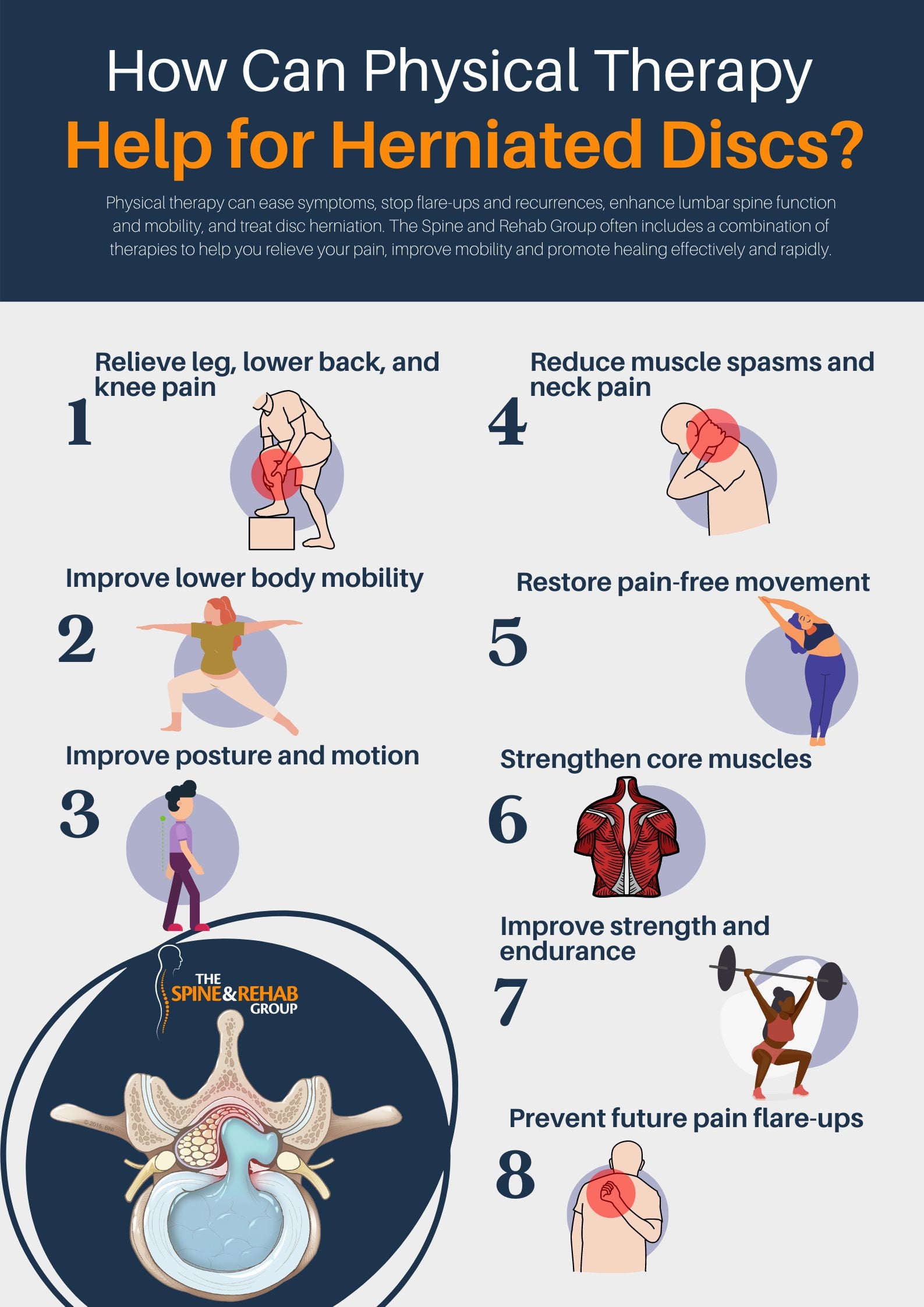Dealing with Pain: The Role of Support Systems and Therapy

Living with pain can be an overwhelming journey that affects every aspect of life. Whether it's sharp pain from an injury or the persistent agony of chronic conditions, pain can lead to impairments in function, psychological suffering, and a lowered quality of life. Thankfully, progress in pain management services and treatments offer hope and relief to individuals in pain. Understanding the meaning of pain management entails and recognizing the various approaches available are important first steps in recovering a life unaffected by pain.

In this article, we will discuss the various forms of pain and the most efficient management strategies available. From acute to chronic pain, each form of discomfort requires tailored approaches that may include a combination of therapies, medications, and supportive care. By investigating the science behind pain and considering the role support systems play, we can discover valuable insights into how individuals can manage their pain journeys with greater resilience and knowledge. Whether you are looking into physical therapy options, alternative treatments, or specialized pain clinics, the in-depth overview ahead will clarify the path to wellness.
Understanding Pain Treatment
Pain treatment is a multidisciplinary approach to identifying and treating diverse pain sensations. It encompasses a variety of therapies and interventions aimed at lessening suffering and boosting the well-being for individuals experiencing acute or long-lasting pain. By understanding what pain is and defining its different categories, healthcare providers can adapt treatment plans that address individual needs, helping patients reclaim control over their lives.
Severe pain typically arises from a particular injury or health issue and is often short-lived, while chronic pain persists over time, sometimes for years, often without evident cause. Effective pain management acknowledges these variations and uses multiple strategies, including pharmaceuticals, physical therapy, and integrative approaches, to offer relief. Recognizing these variations is vital for deciding the most suitable management technique for each patient.
Moreover, pain management often necessitates a joint effort between healthcare providers, including physicians, rehabilitation specialists, and mental health professionals. This collaborative framework guarantees a comprehensive treatment approach that not only targets physical issues but also tackles mental aspects of pain. By creating a supportive environment, patients are encouraged to engage actively in their healing journey and make educated decisions about their well-being.
Treatments and Methods for Alleviating Pain
Effective alleviation of pain often includes a mixture of treatments tailored to an individual's specific needs. One of the most popular methods is physiotherapy, which concentrates on building up muscles, enhancing flexibility, and increasing mobility. Through focused exercises and techniques, physical therapy can relieve chronic pain conditions such as lumbar pain, arthritis, and fibromyalgia. Patients often experience a significant reduction in pain levels and increases in their capacity to engage in routine activities.
Additional therapies also are vital in pain management. Chiropractic care, for instance, focuses on spinal alignment and can be particularly beneficial for those suffering from musculoskeletal pain. Similarly, massage therapy offers a manual approach to alleviating tight muscles and improving circulation, providing instant comfort and relaxation for many. https://painmdhouston.com/ , an traditional practice that consists of inserting fine needles into specific points on the body, has gained acceptance for its capability to stimulate the body's natural pain-relief mechanisms and minimize overall discomfort.
In addition to these physical therapies, there are a variety of complementary treatments to consider. The growing focus in CBD and medical marijuana highlights the move towards more natural options for alleviating pain without traditional opioids. Furthermore, mindful awareness and meditation techniques are gaining respect for their capability to manage stress and, ultimately, diminish pain levels. Each of these approaches contributes to a comprehensive approach, allowing individuals to take charge of their pain control journey.
Lifestyle Approaches and Support Systems
In managing pain, lifestyle approaches play a crucial role in conjunction with professional therapies. Regular physical activity, for example, can improve mobility and minimize discomfort, particularly for those dealing with long-term conditions such as arthritis and lower back pain. Activities like walking, swimming, and yoga can strengthen muscles, improve flexibility, and release endorphins, which instinctively alleviate pain. Integrating anti-inflammatory foods into one's diet can also help lower overall pain levels by diminishing inflammation, offering a combined approach to managing discomfort.
Support systems, including family, friends, and healthcare providers, significantly influence an individual's skill to cope with pain. Emotional support can lead to improved pain management outcomes by fostering a positive mindset and lessening stress. Joining support groups can provide a feeling of community and shared experience, which can be healing in itself. Having someone who understands the struggle of living with pain can make a meaningful difference in how individuals perceive and cope with their condition.
Psychological health also plays an integral role in pain management, highlighting the necessity of a comprehensive approach. Mindfulness and meditation can help individuals cultivate coping strategies that reduce the emotional and psychological burden of chronic pain. Engaging in relaxation techniques can lessen stress levels, which often intensify pain sensations. Combining these lifestyle changes with a strong support system creates an environment conducive to healing and better quality of life for those dealing with ongoing pain.
